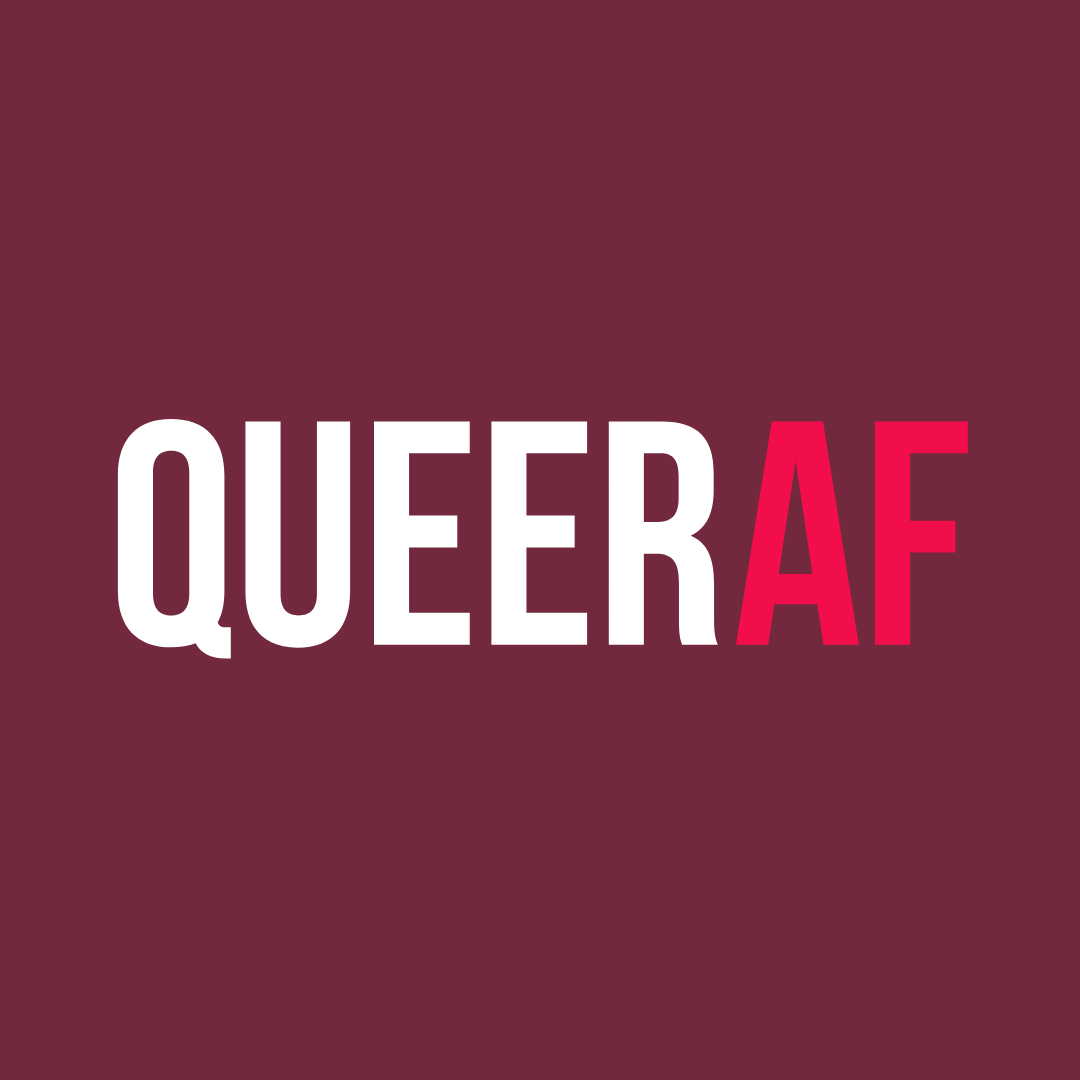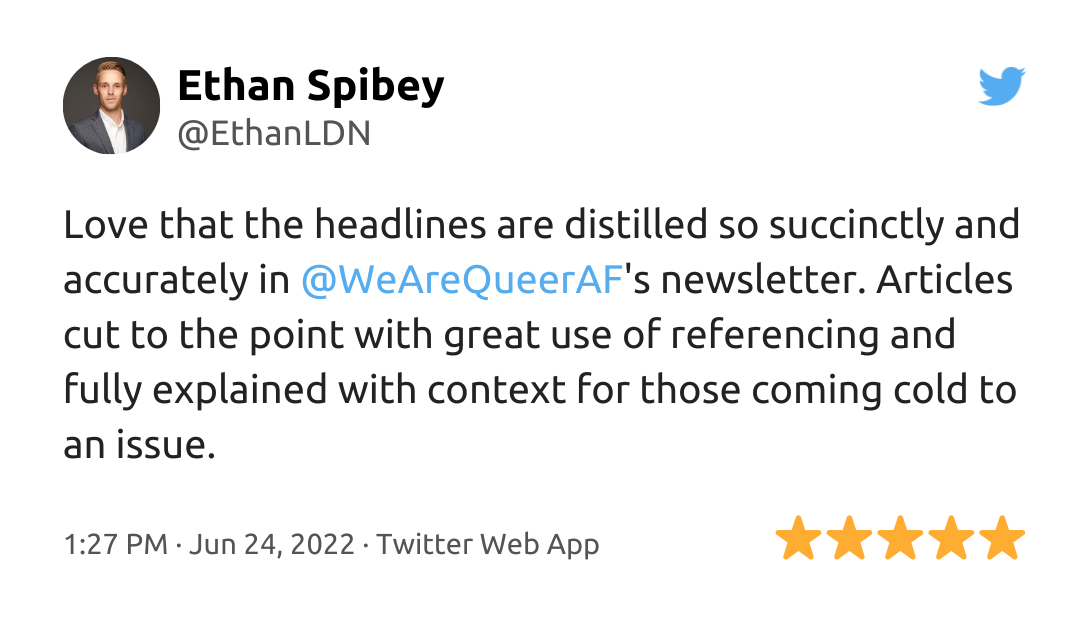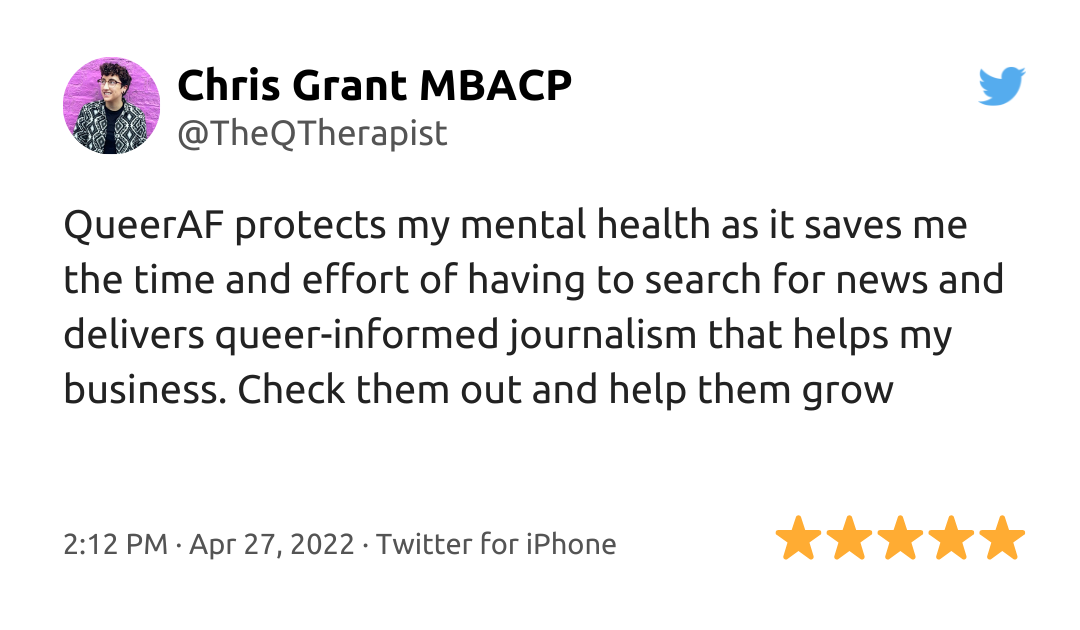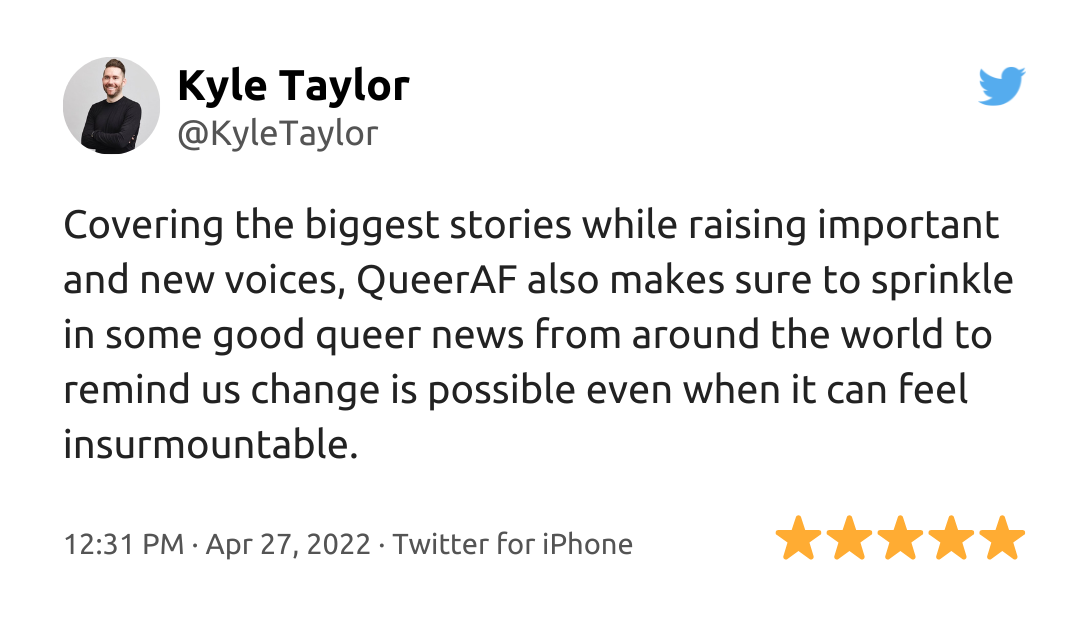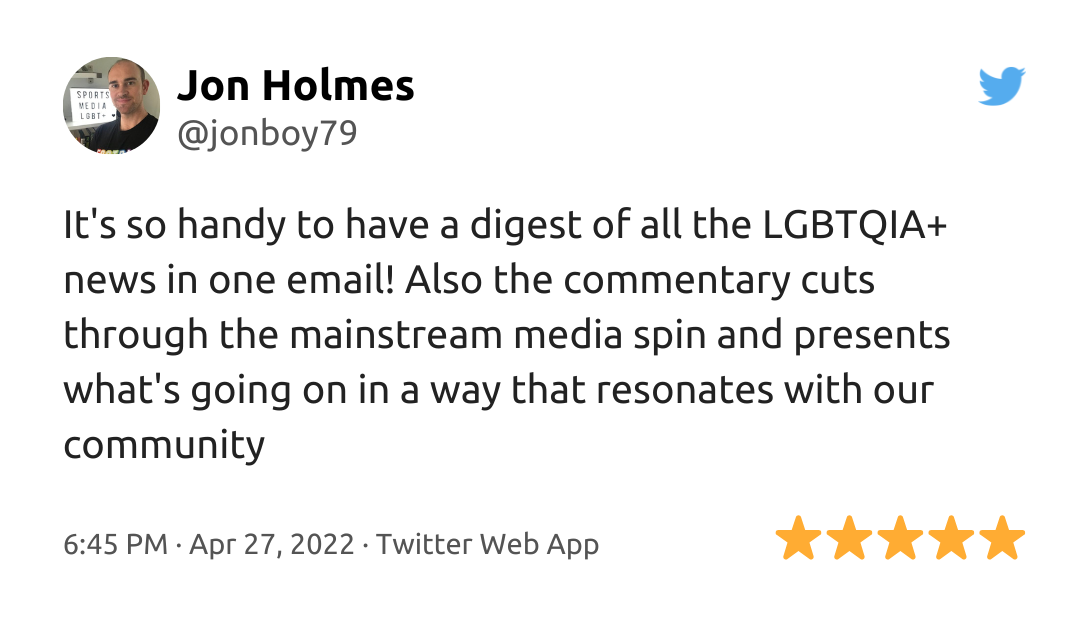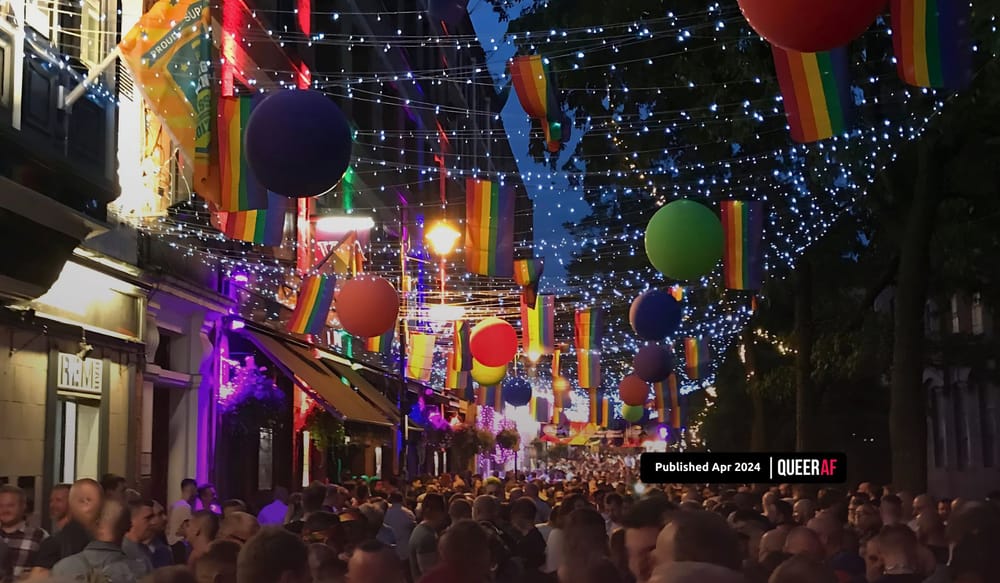
When I came out at 38, I quickly tried to make up for lost time by throwing myself into the lesbian community, from attending countless events alone to introducing my first girlfriend to my parents within four weeks of knowing her.
I felt an overwhelming sense of freedom at first. I was finally living authentically as myself. But it was also confronting, entering a world I had only known through my gay male friends before.
I turned to social media for comfort and indulged in TikTok lesbian content. I was keen to absorb as much as I could of the community that I didn’t get to engage in as a teen. Terms like femme, masc and chapstick were common, and their definitions were discussed at length. I anxiously took them all in, wondering how they applied to me.
Back on the dating scene after a breakup, one of many first dates told me I was “very femme”. It surprised me as I would never have described myself that way.
In the ‘straight world’, my style was considered tomboyish. With my signature look of dungarees and Converse, I’d never considered myself very feminine. Even my wedding day fantasies featured jumpsuits and custom Nike Air Max.
One of the most freeing aspects of coming out was no longer feeling like I had to dress for the male gaze. I was ready to set all my dresses on fire, but because I still wore lipstick, in the lesbian world, that made me femme?
Falling somewhere in between stereotypically masc and femme (according to TikTok), I questioned whether I was ‘queer enough’ if I didn’t have a defining label.
Every time I was shown a new video I wanted to shout “isn’t this heteronormative?” and “clothes don’t have a gender” but looking at the comments most people seemed to take great joy in assigning labels to themselves - and each other.
As someone relatively new to the community, I felt insecure about questioning these labels. Maybe I should just fall in line? But despite feeling pressure to lean into the stereotypes and trade in my beloved pink lipstick for a snapback, something told me that I shouldn’t have to change myself to fit in.
Making more queer friends really helped. I started by attending local meet-ups and eventually created one myself, bringing 40+ queer women, trans and non-binary people together every month in my local pub.
These in-person events reflected a very different lesbian scene to the one I’d seen on social media, where people young, old, femme, masc and everything in between came together to find connection - without the emphasis on labels.
But listening to different voices in the community, I also started to understand that whilst our experiences make us richer than the labels we give ourselves, labels can help some people find a sense of belonging and even understand themselves better.
Crucially, what’s most important is ensuring that labels don’t become a way to exclude people.
I now enjoy the TikTok discourse around labels knowing I can take it or leave it, because whether or not I lean into lesbian stereotypes, my identity as a queer woman is no less valid.
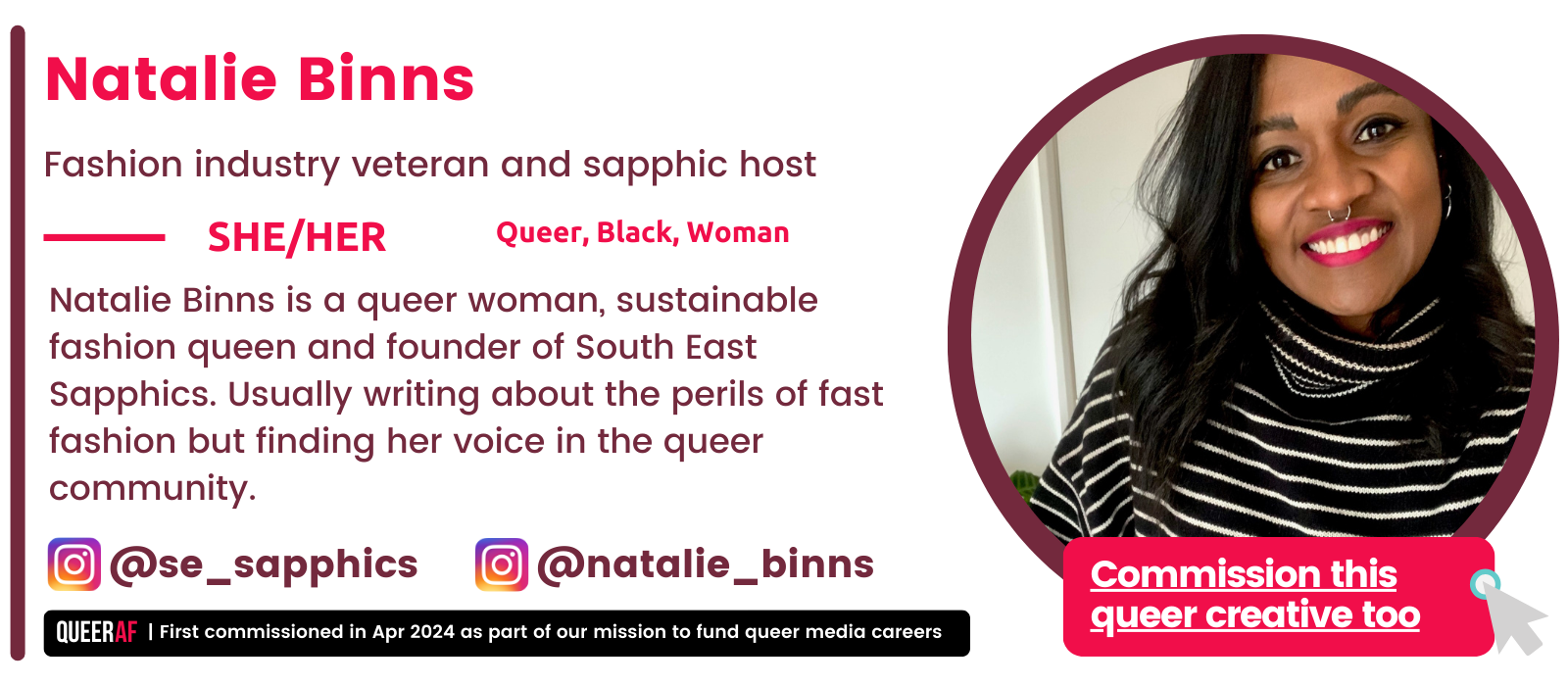
Get the Queer Gaze in your inbox each week with our free weekly newsletter or pitch to write an edition for us now.

When you sign up for a QueerAF membership - we ask you what kinds of stories you want to see us focus on.
It shifts the power away from clicks for advertisers, to what the community wants to see.
Lesbians and queer women - an incredibly underserved part of the queer media landscape.
So it's no surprise to us, that stories from and for lesbians, bi+ and queer women is something QueerAF members want to see more of.
We're with you. But when we commission stories, we're not thinking about what we think should be out there—we're directly delivering on the stories you asked to see.
Even more so, we're asking people with lived experience from these backgrounds to do the journalism. Because it makes our understanding of these stories stronger.
Help us work with more incredible lesbian, bi+ and queer women journalists.
QueerAF's output is in your hands, not advertisers.
Join over 225 paid QueerAF members who help keep our newsletter free for everyone:



